The Japanese government has just announced a new aid package worth 20.7 billion yen ($141 million) to help exporting businesses affected by the recent seafood import ban imposed by China.
The new aid will be in addition to the 80 billion yen previously allocated by the Japanese government to help seafood businesses maintain operations and counter damage to the reputation of the country's products, Prime Minister Fumio Kishida said.
The aid money will also be used for the government to purchase and preserve seafood as Japan seeks new export markets to replace China. Officials said Japan plans to export seafood to the United States, Europe, the Middle East and some Southeast Asian countries.
Japan's decision came after China imposed a comprehensive import ban on Japanese seafood products in protest at Japan's August 24 discharge of treated wastewater from the Fukushima nuclear power plant into the Pacific Ocean . The plant was destroyed in the 2011 earthquake and tsunami.
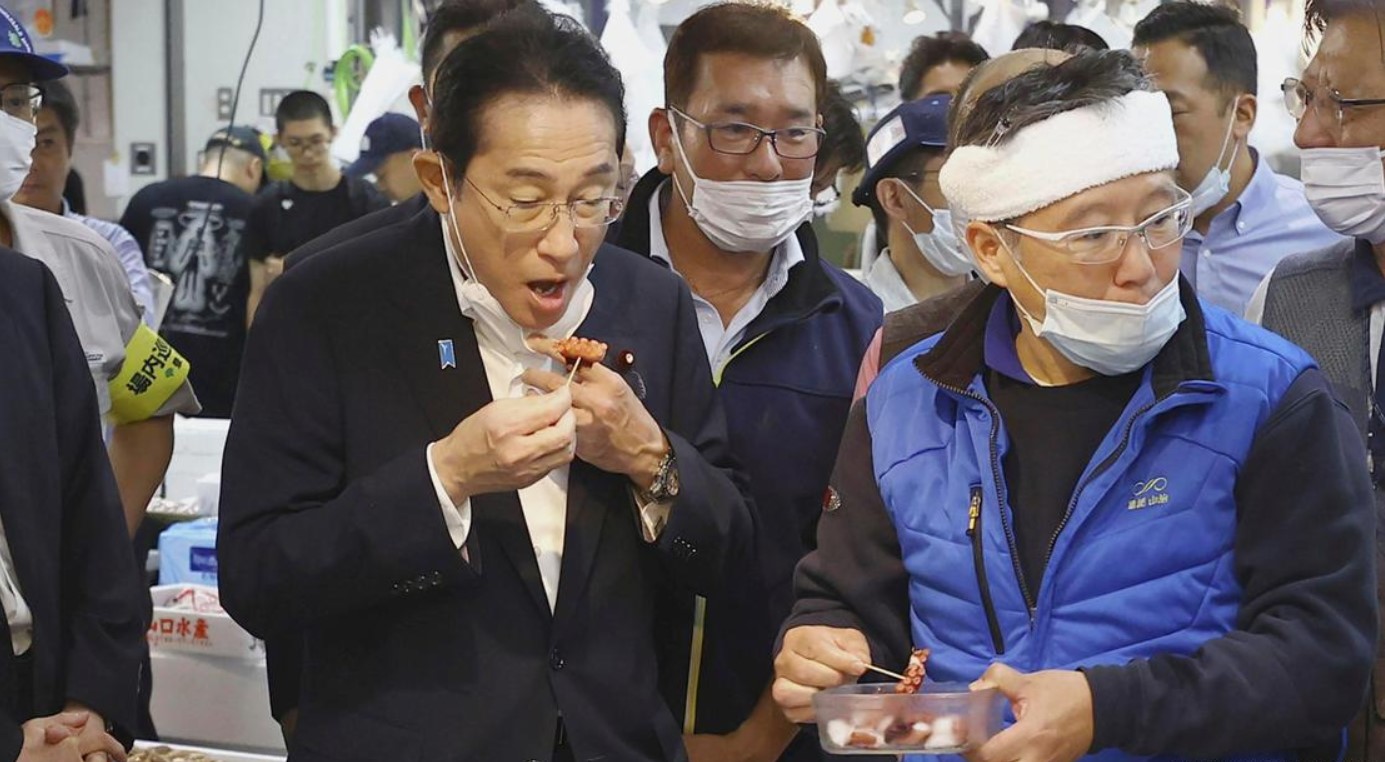
Prime Minister Fumio Kishida called on Japanese people to eat more seafood to help local industries less affected by China's ban. Photo: DW
China is Japan's largest seafood import market, accounting for 42.5% of total imports (20% of which comes from Hong Kong), so the move has dealt a heavy blow to the Japanese seafood industry, affecting prices and sales of products as far away as Fukushima and the northern island of Hokkaido.
More than 700 Japanese companies will be affected by the ban, according to Tokyo-based market research firm Teikoku Databank.
Japanese officials have sought to reassure the public that Fukushima seafood remains safe. Last week, Mr. Kishida and the U.S. special envoy to Japan, Rahm Emanuel, visited the area and ate local fish in front of TV cameras.
Japan has filed a protest with the World Trade Organization (WTO) saying China's ban on seafood imports is completely unacceptable and calling on China to immediately withdraw the ban.
The Japanese government also asserted that it has been monitoring the discharge in multiple layers to ensure transparency since the start of the discharge. It also asserted that all seawater and fish samples taken since the discharge of treated wastewater have been well below the prescribed safety limits for radiation .
Nguyen Tuyet (According to SCMP, Kyodo News, nippon.com)
Source


![[Photo] General Secretary To Lam receives the Director of the Academy of Public Administration and National Economy under the President of the Russian Federation](/_next/image?url=https%3A%2F%2Fvphoto.vietnam.vn%2Fthumb%2F1200x675%2Fvietnam%2Fresource%2FIMAGE%2F2025%2F12%2F08%2F1765200203892_a1-bnd-0933-4198-jpg.webp&w=3840&q=75)





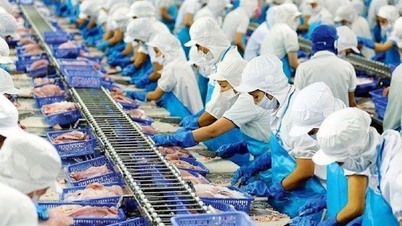






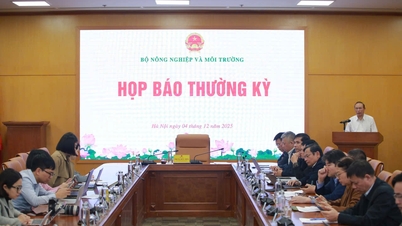

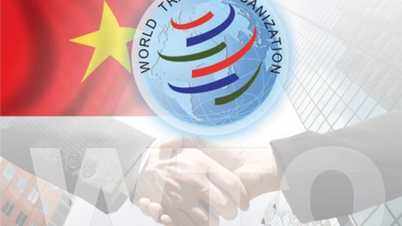


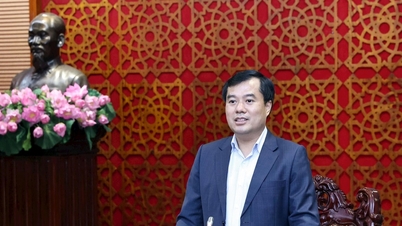


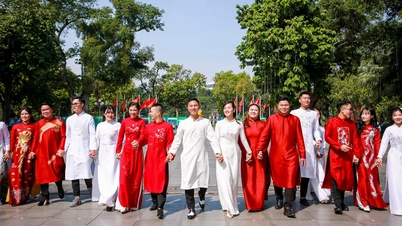

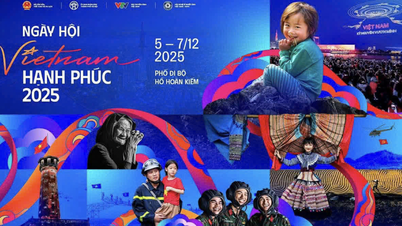

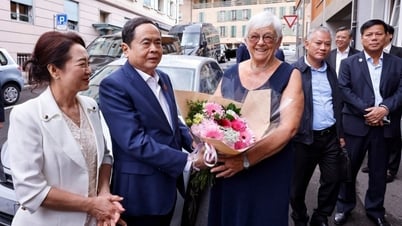




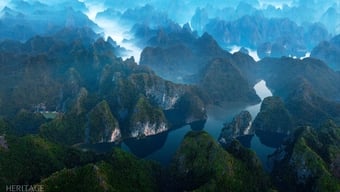
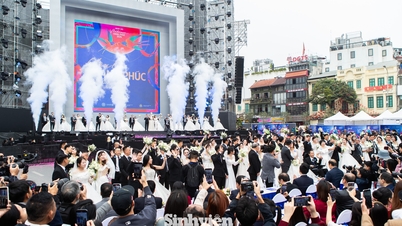
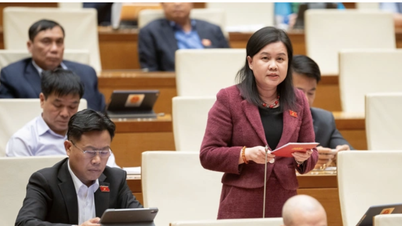
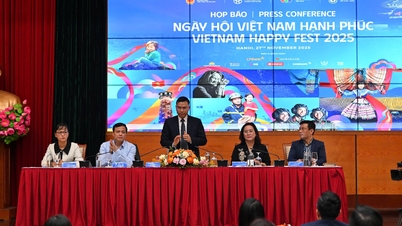
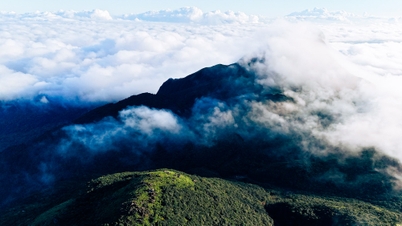
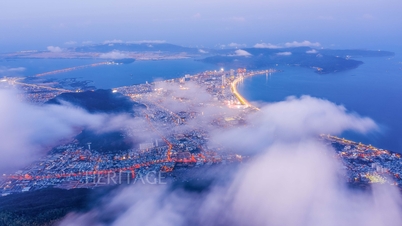


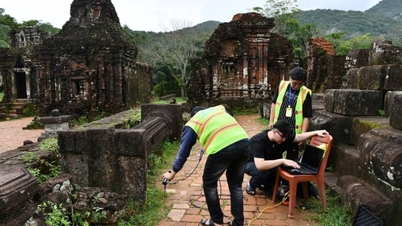

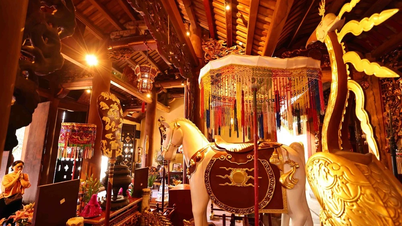


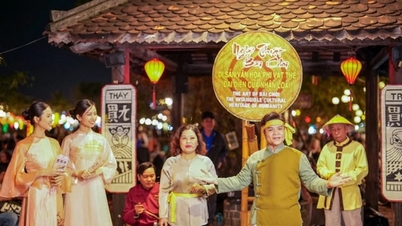

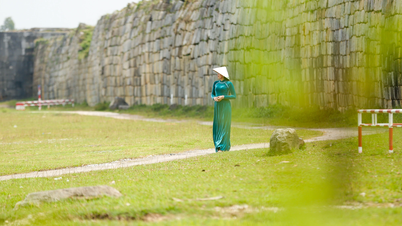


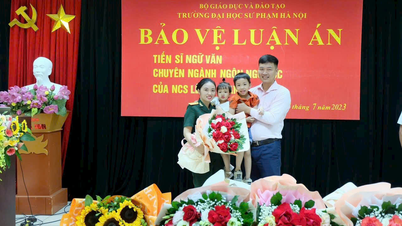

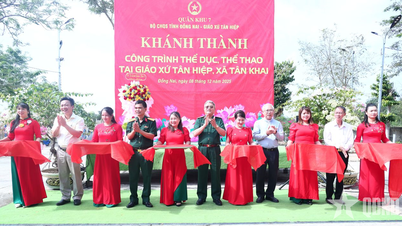
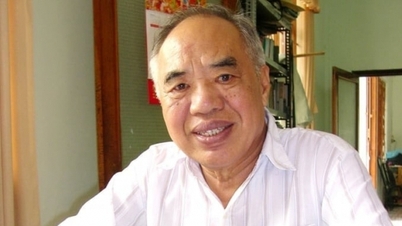

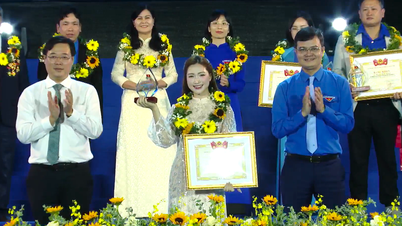

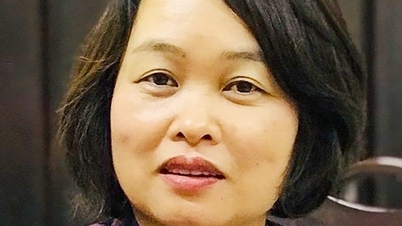
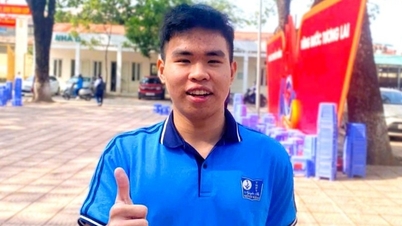

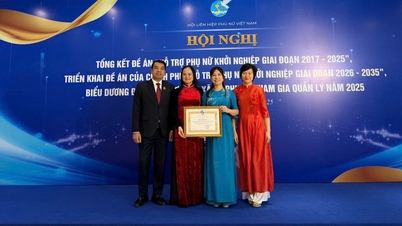

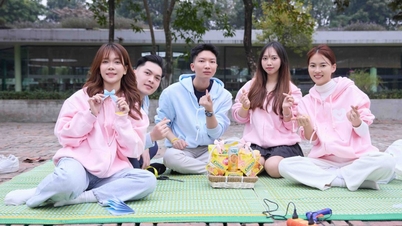


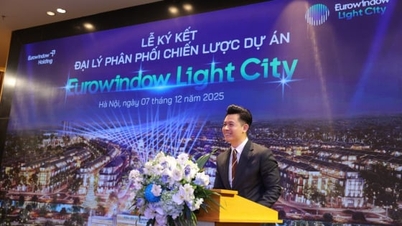

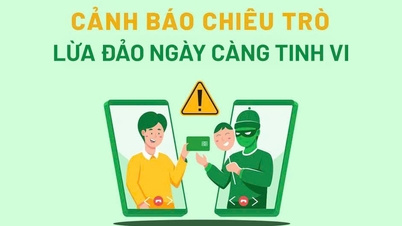







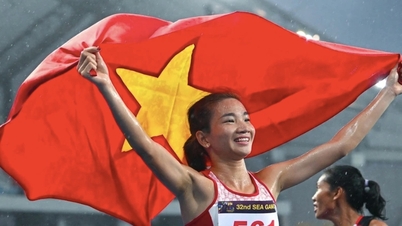

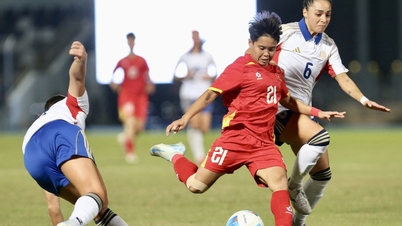
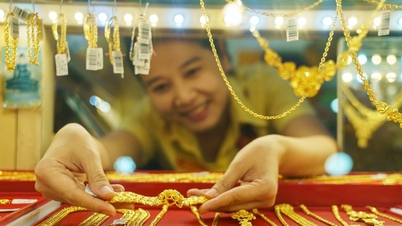
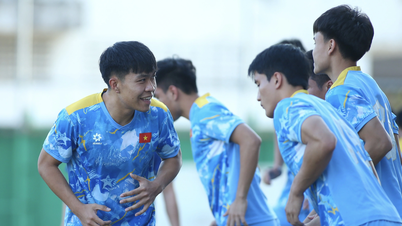
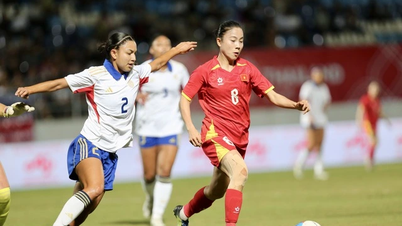
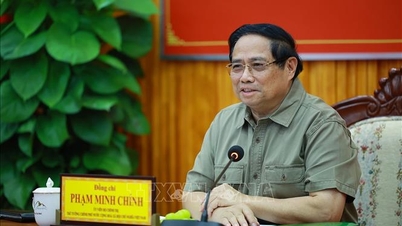
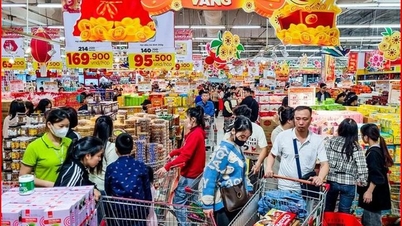

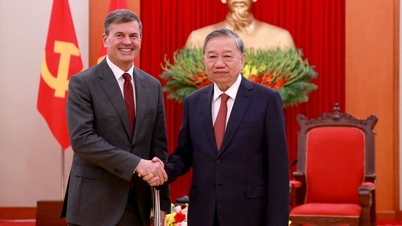
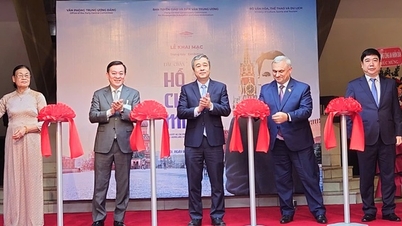

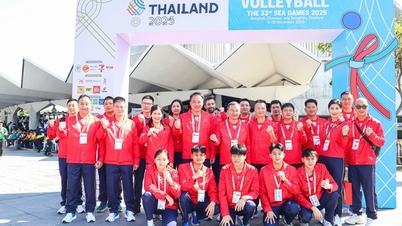
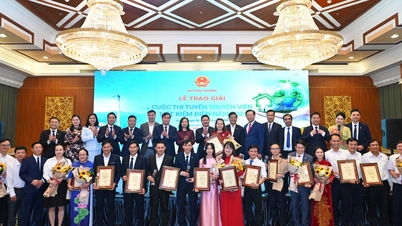


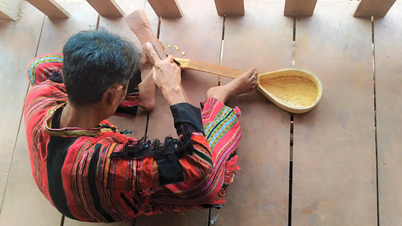



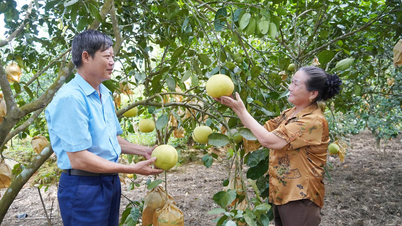
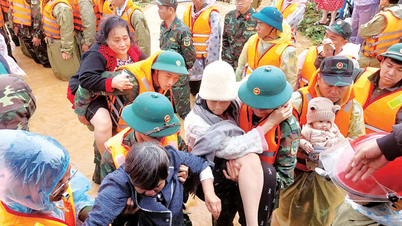

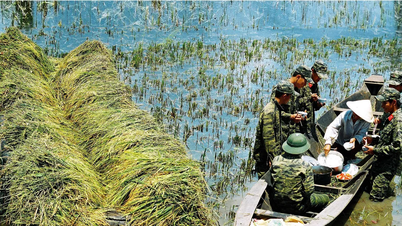
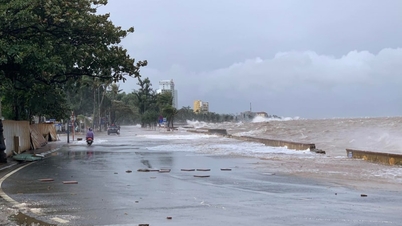
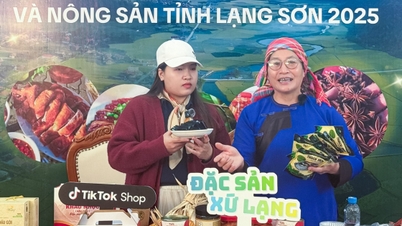








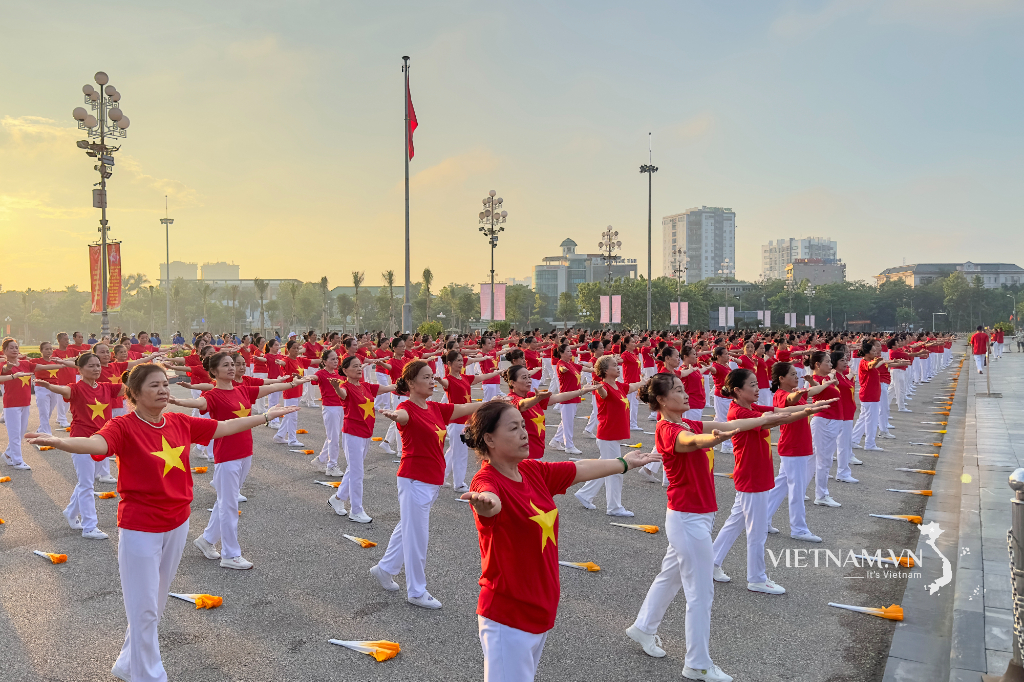

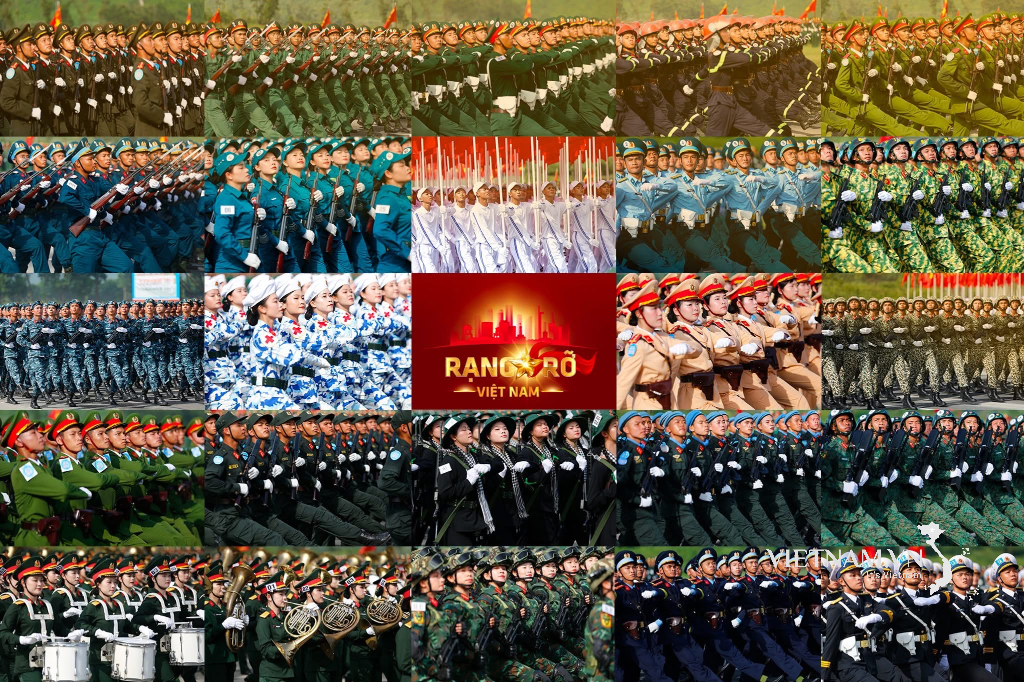




Comment (0)